
Kód: 04646222
Cai Guo-Qiang
Autor Dana Friis-Hansen, Cai Guo-Qiang, Qiao Liang
Cai Guo-Qiang was born in Quanzhou, China, in 1960, and lived in Tokyo from 1985 to 1995, before moving to New York. During the 1990s he emerged on to the international art scene and has become a major figure of contemporary Chine ... celý popis
- Jazyk:
 Angličtina
Angličtina - Vazba: Brožovaná
- Počet stran: 160
Nakladatelství: Phaidon Press Ltd, 2002
- Více informací o knize

1385 Kč
Dostupnost:
50 % šance Máme informaci, že by titul mohl být dostupný. Na základě vaší objednávky se ho pokusíme do 6 týdnů zajistit.
Máme informaci, že by titul mohl být dostupný. Na základě vaší objednávky se ho pokusíme do 6 týdnů zajistit.Prohledáme celý svět
Mohlo by se vám také líbit
-

Cambridge Advanced Learner's Dictionary
1102 Kč -

Baby Bird Identification
1092 Kč -

Reliability, Maintainability and Risk
4124 Kč -

React Cookbook
1228 Kč -

Heir Comes to Rise
480 Kč -
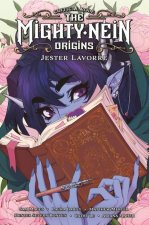
Critical Role: The Mighty Nein Origins - Jester Lavorre
398 Kč -
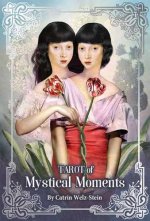
Tarot of Mystical Moments
617 Kč -

We Free the Stars
254 Kč -
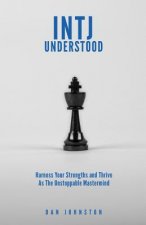
INTJ Understood: Harness your Strengths and Thrive as the Unstoppable Mastermind INTJ
302 Kč -

Business Result: Advanced: Student's Book with Online Practice
826 Kč -
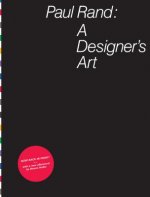
Paul Rand: a Designer's Art
1275 Kč -
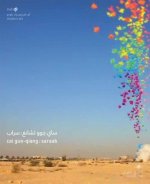
Cai Guo-Qiang: Saraab
1472 Kč -

Woodrow Wilson
2305 Kč -

Lion, the Witch and the Wardrobe
234 Kč -
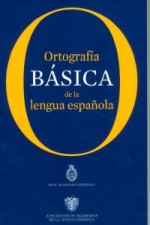
Ortografía básica de la lengua española
396 Kč -

Zur Integration von AsylwerberInnen in der Steiermark
1711 Kč -

Gesetz zur Beschränkung des Brief-, Post- und Fernmeldegeheimnisses
291 Kč -

Trabant 601
565 Kč -

La Mujer Ante La Lei Civil, La Política I El Matrimonio
953 Kč -

Horror Cinema
481 Kč -
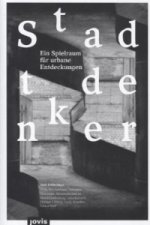
Stadtdenker
874 Kč
Darujte tuto knihu ještě dnes
- Objednejte knihu a zvolte Zaslat jako dárek.
- Obratem obdržíte darovací poukaz na knihu, který můžete ihned předat obdarovanému.
- Knihu zašleme na adresu obdarovaného, o nic se nestaráte.
Informovat o naskladnění knihy
Zadejte do formuláře e-mailovou adresu a jakmile knihu naskladníme, zašleme vám o tom zprávu. Pohlídáme vše za vás.
Více informací o knize Cai Guo-Qiang
Nákupem získáte 139 bodů
 Anotace knihy
Anotace knihy
Cai Guo-Qiang was born in Quanzhou, China, in 1960, and lived in Tokyo from 1985 to 1995, before moving to New York. During the 1990s he emerged on to the international art scene and has become a major figure of contemporary Chinese art. He has made projects in all the inhabited continents of the world. Cai's early works from the 1980s took the form of oil paintings, but these gradually evolved as he became interested in harnessing the power of nature to develop his work in new and unusual ways. His early experiments included making rubbings from rocks and trees on the canvas before painting it, and using exploding gunpowder to mark and scorch the canvas. This interest in location is fundamental to the artist's work, which frequently alters or develops as it is exhibited at new sites. Cai's background includes acting in martial arts films and training in theatre design, through which he developed a consistent interest in space and time. He has continued to use gunpowder in his works, creating breathtaking spectacles on a large scale. For No Destruction, No Construction: Bombing the Taiwan Museum of Art (1998) a 2,500-metre line of gunpowder and fuses was laid across the roof of the museum, down through the galleries and out into the square in front, then ignited. The resulting scorch marks on the columns at the museum's entrance are now part of its permanent collection. Perhaps the artist's best-known work is the Venice Rent Collection Courtyard (1999), which reconstructed a little-known clay tableau produced in China during the cultural revolution (The Rent Collection Courtyard, c.1965). The original work, which aimed to show the benefits of the new system over feudalism, toured China during the 1960s and 70s and depicted heroic rice farmers tyrannized by rapacious landlords. In Cai's version the clay was left unfired so that it gradually disintegrated during the course of the 1999 Venice Biennale, where it was first shown. In the Survey, curator and critic Dana Friis-Hansen traces the development of the artist's work from the early oil paintings, produced while he was living in China, to the complex and ambitious projects he now conducts worldwide. New York-based curator Octavio Zaya discusses with the artist his working practices and the continuity of his attitude towards his work. In the Focus, curator Seriwaja Takashi analyses a single work from the artist's Projects for Extraterrestrials series, Project to Extend the Great Wall of China by 10,000 Meters (1993). For the Artist's Choice, Cai has selected the contents page from Warfare Beyond Rules: Judgement of War and Methods of War in the Era of Globalization (1999) by Qiao Liang and Wang Xianhui. The book's exploration of diverse strategies reflects the eclectic nature of the artist's work. Cai Guo-Qiang's writings range from project notes, which detail the methods and thinking behind his works, to a new text on his unrealized projects and the role of chance in the creative process.
 Parametry knihy
Parametry knihy
Zařazení knihy Knihy v angličtině The arts History of art / art & design styles History of art & design styles: from c 1900 -
1385 Kč
- Plný název: Cai Guo-Qiang
- Autor: Dana Friis-Hansen, Cai Guo-Qiang, Qiao Liang
- Jazyk:
 Angličtina
Angličtina - Vazba: Brožovaná
- Počet stran: 160
- EAN: 9780714840758
- ISBN: 0714840750
- ID: 04646222
- Nakladatelství: Phaidon Press Ltd
- Hmotnost: 1005 g
- Rozměry: 251 × 290 × 16 mm
- Datum vydání: 17. April 2002
Oblíbené z jiného soudku
-
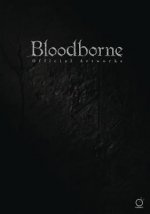
Bloodborne Official Artworks
1037 Kč -

Dark Souls III: Design Works
1178 Kč -
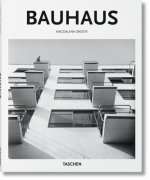
Bauhaus
365 Kč -
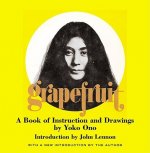
Grapefruit
477 Kč -
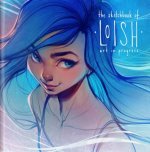
Sketchbook of Loish
687 Kč -
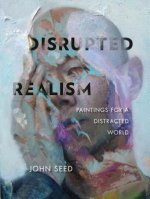
Disrupted Realism: Paintings for a Distracted World
1011 Kč -
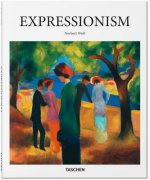
Expressionism
365 Kč -
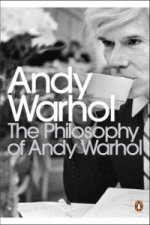
Philosophy of Andy Warhol
276 Kč -

Out of Now
888 Kč -
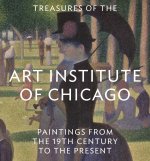
Treasures of the Art Institute of Chicago: Paintings from the 19th Century to the Present
333 Kč -
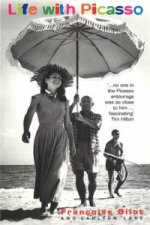
Life With Picasso
357 Kč -

International Realism
1521 Kč -
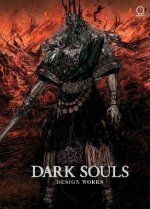
Dark Souls: Design Works
774 Kč -
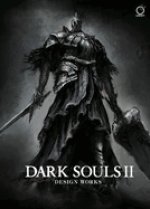
Dark Souls II: Design Works
988 Kč -
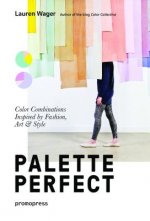
Palette Perfect
543 Kč -
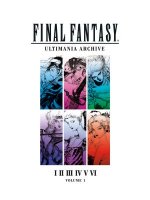
Final Fantasy Ultimania Archive Volume 1
919 Kč -
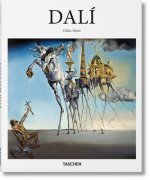
Dali
410 Kč -
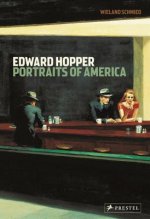
Edward Hopper
304 Kč -
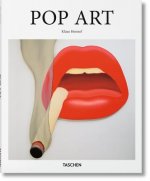
Pop Art
365 Kč -

Frida Kahlo at Home
670 Kč -
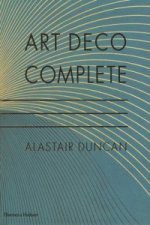
Art Deco Complete
1612 Kč -
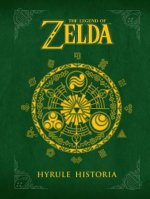
The Legend of Zelda: Hyrule Historia
831 Kč -
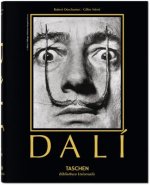
Dali. The Paintings
481 Kč -
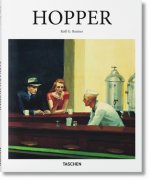
Hopper
410 Kč -
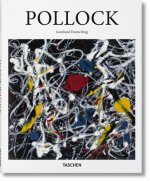
Pollock
410 Kč -
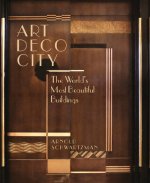
Art Deco City
810 Kč -

Monster Hunter Illustrations 2
1216 Kč -
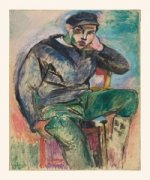
Matisse
1276 Kč -

The Art of Horizon Zero Dawn
804 Kč -
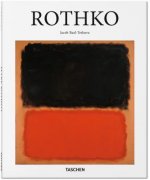
Rothko
365 Kč -
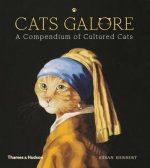
Cats Galore
591 Kč -

Botanicals
442 Kč -
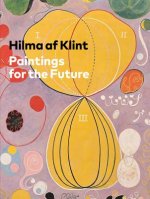
Hilma af Klint
1356 Kč -
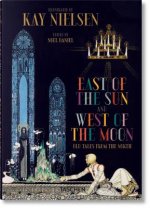
Kay Nielsen. East of the Sun and West of the Moon
401 Kč -
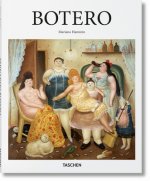
Botero
422 Kč -

Berlin in the 1920s
365 Kč -
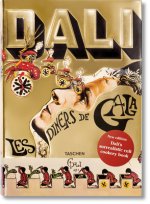
Dali. Les diners de Gala
1204 Kč -

Art of John Harris: Beyond the Horizon
677 Kč -
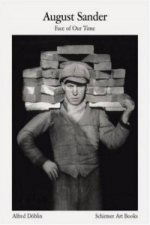
August Sander: Face of Our Time
242 Kč -
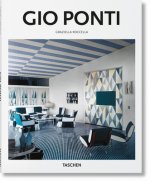
Gio Ponti
400 Kč -
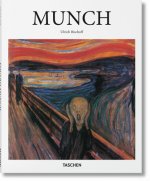
Munch
365 Kč -
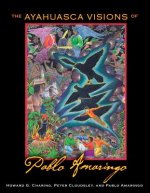
Ayahuasca Visions of Pablo Amaringo
1062 Kč -
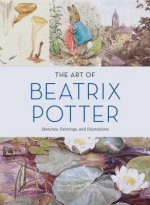
Art of Beatrix Potter
867 Kč -
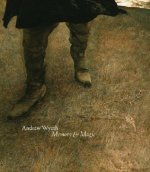
Andrew Wyeth
1406 Kč -
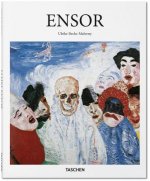
Ensor
397 Kč -
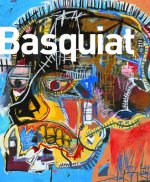
Basquiat
492 Kč -
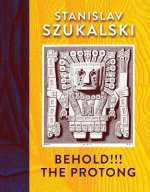
Behold!!! The Protong
796 Kč -
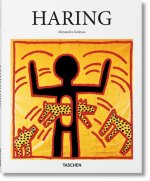
Haring
410 Kč -

Anselm Kiefer
892 Kč
Osobní odběr Praha, Brno a 12903 dalších
Copyright ©2008-24 nejlevnejsi-knihy.cz Všechna práva vyhrazenaSoukromíCookies


 Vrácení do měsíce
Vrácení do měsíce 571 999 099 (8-15.30h)
571 999 099 (8-15.30h)